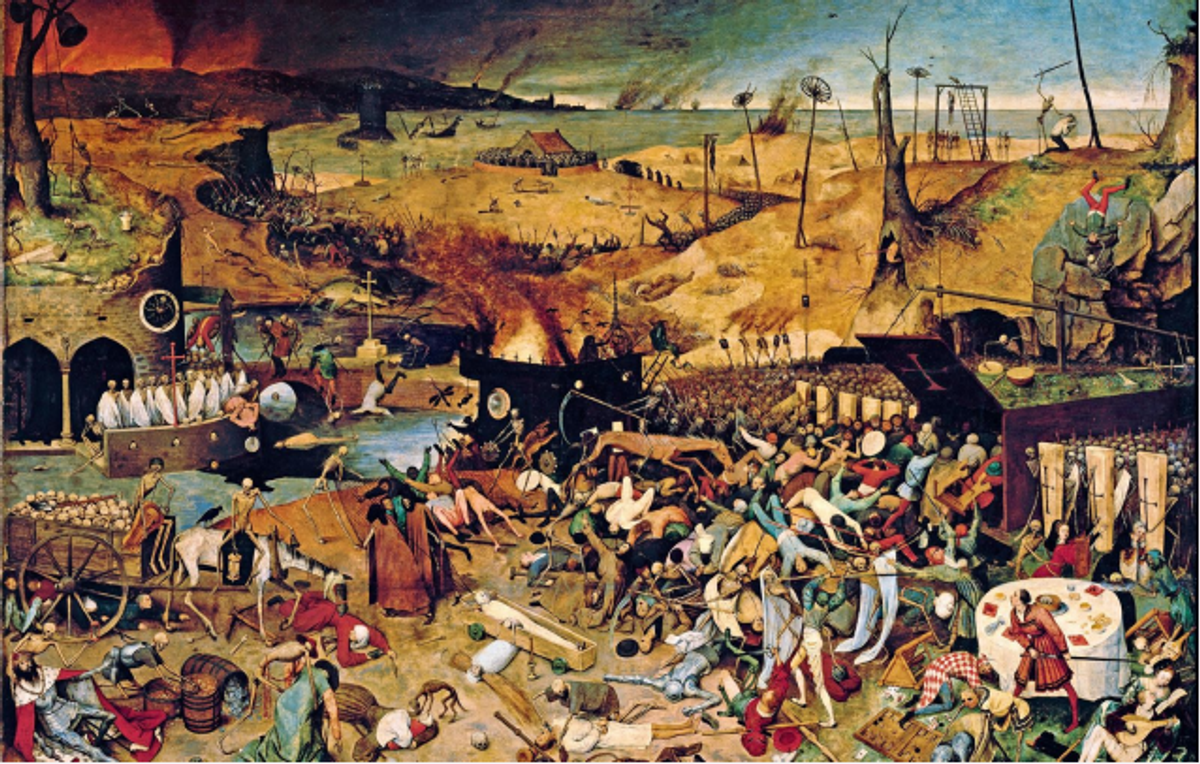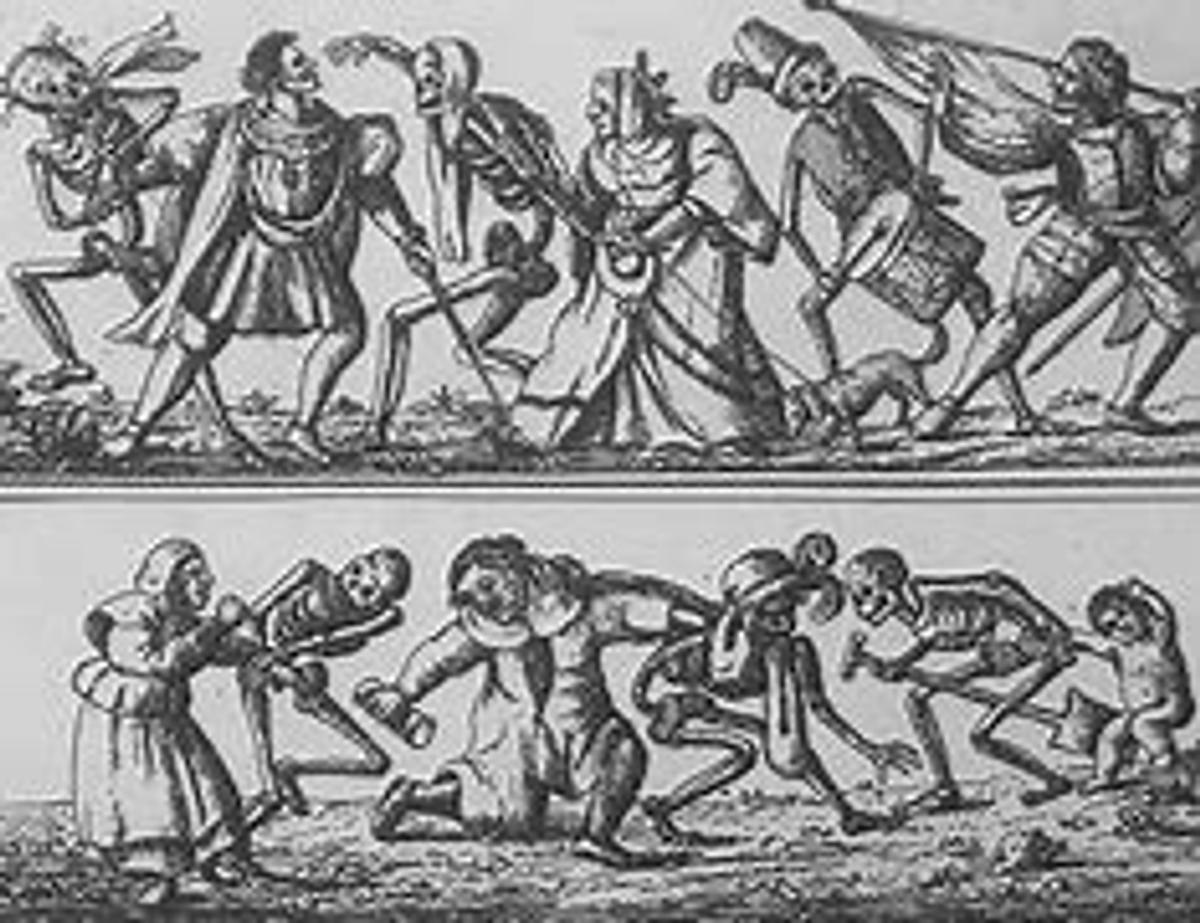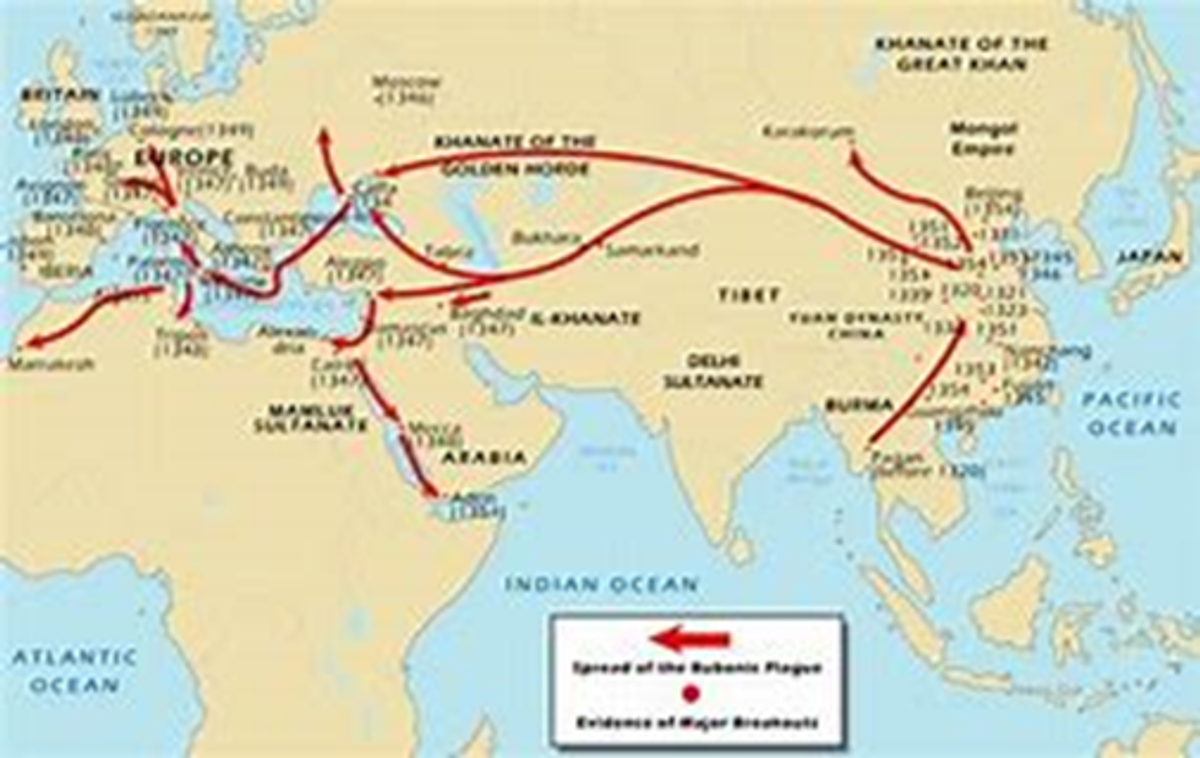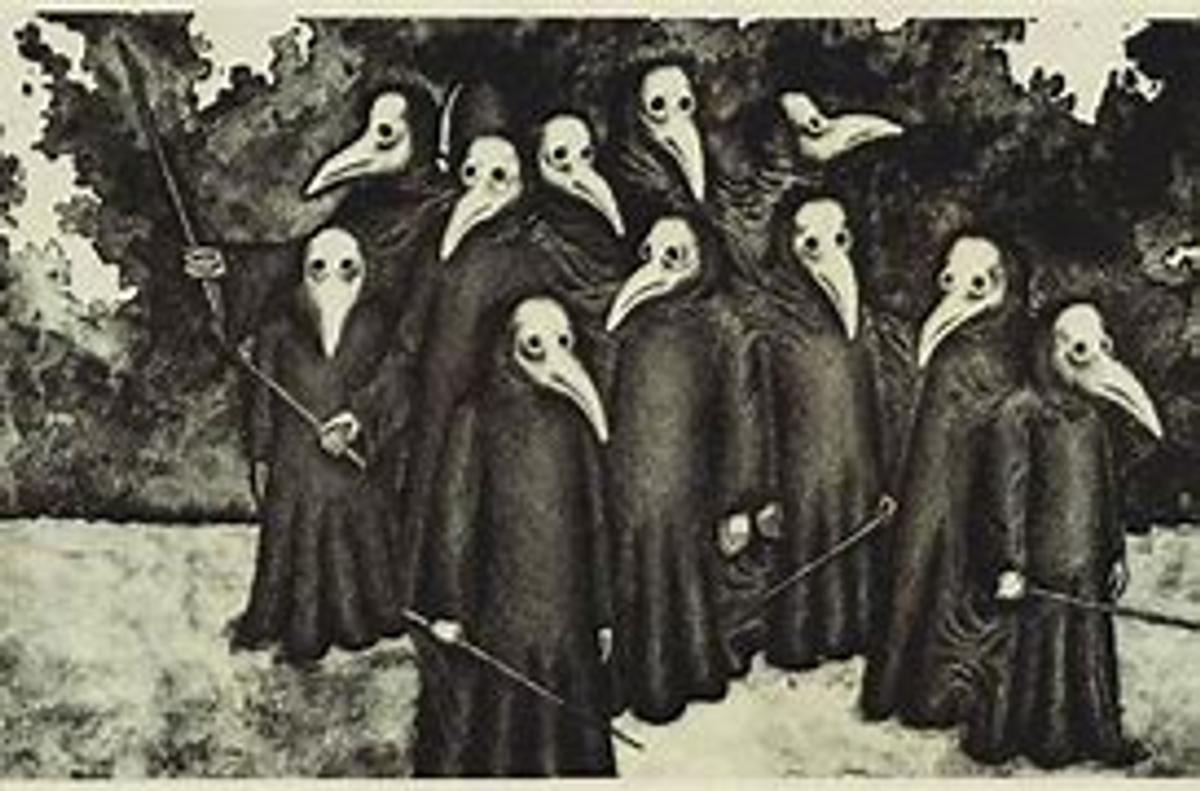Year 8 Humanities -
The Black Death

Year 8 Humanities -
The Black Death


WHAT HAPPENED DURING THE TIME OF THE BLACK DEATH?


The Black Death was a very tragic event that took place all around the world, mainly in Asia and Europe from 1346 to1353. The pandemic affected many jobs, people and businesses all around the world. Some short-term effects of the disease were the effect on towns. Rubbish and raw sewage at the time of the Black Death was a normal sight and abandoned houses were left dirty and untended. Another short-term effect was that people were dying so quickly and in such huge numbers that


there was no time for proper burials or ceremonies. In fact, some priests refused to bury victims for fear of contracting the disease. A long-term effect was the weakening of feudalism; the massive drop in population immediately affected trade, manufacturing and the production of food from the land. After the Black Death passed, many wealthy survivors in Europe chose to invest in art or literature as a means of expressing their gratitude for being left alive.


Hasan Al-Hasani
8E
What was the Black Death?


The Black Death was a terrible disease from 1346 to 1353 that started in Asia and travelled westward towards the silk road. It was carried by rats and fleas. It killed one third of the population in Europe and in France 800 people died every day. Corpses had to be buried in mass pits. People in the Middle Ages didn’t know that the disease was spread by coughing, sneezing or rats. Many people thought it was the end of the world. The first signs of contracting the Black Death were lumps and boils in the groin, armpit and neck. They turned red, then purple and finally black. Buboes would spread all over the body and headaches and fevers were also common. They would lose the ability to speak and walk. People died slowly and painfully.


Short term effects
Depopulation- the Black Death took 40% of Egypt, 35 million people in China, 40% of EuropeReligion- many monks, priests and nuns succumbed to the illness. People began to believe that even the Church was powerless against the Black Death.Burial of the dead- people were dying so fast that there was no time for proper burials or religious ceremonies. Mass burials were common, being shoveled into large pits and covered with dirt Effect on towns- rubbish and sewage on streets was common but once the plague struck the filthiness got even worse.


Long term effects
Weakening of feudalism- survivors who had been trained with specific skills had been valued by employers. Knights and manor workers could demand money for their services. The wealth available to survivors increased by 5 times than what was obtainable before the plague. Weakening of the church- since many religious leaders were unable to limit the effects of the plague, many people lessened their faith in the church. They began to question the influence the church had over society and started criticizing them.The renaissance- many wealthy survivors chose to invest their time in literature and art as gratitude. They funded skilled people to paint, write and build public buildings. Some encouraged scientific research hoping to find the cause of the plague.
Plague Doctors


Plague doctors were hired by towns to fight against the Black Death. They usually weren’t always well trained. They wore black cloaks and a mask with a beak, which was filled with strong scented food like vinegar, cinnamon, mint, garlic and spices. This was supposed to help them from catching the illness. However, it did not help a lot. The most common treatment was bloodletting. They would attach leeches to skin and make them suck out the infected blood, or the vein was cut.


Aribah Kamal
8E